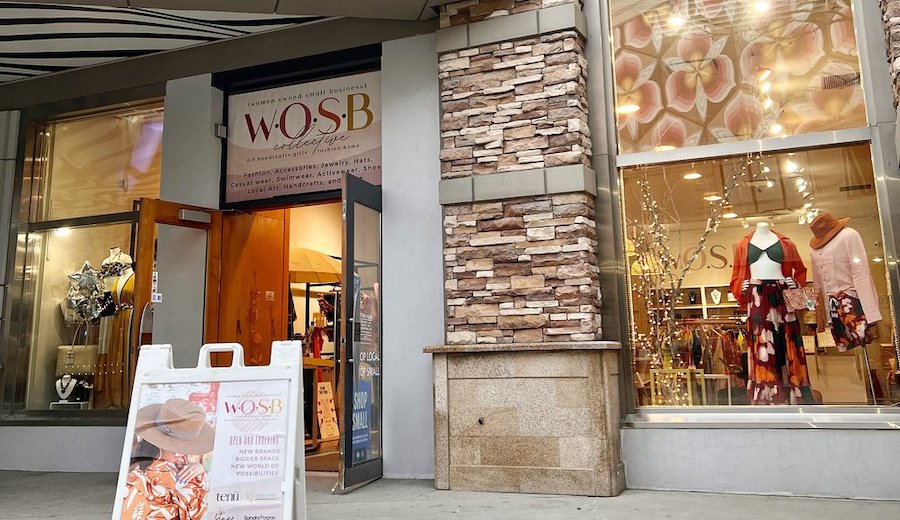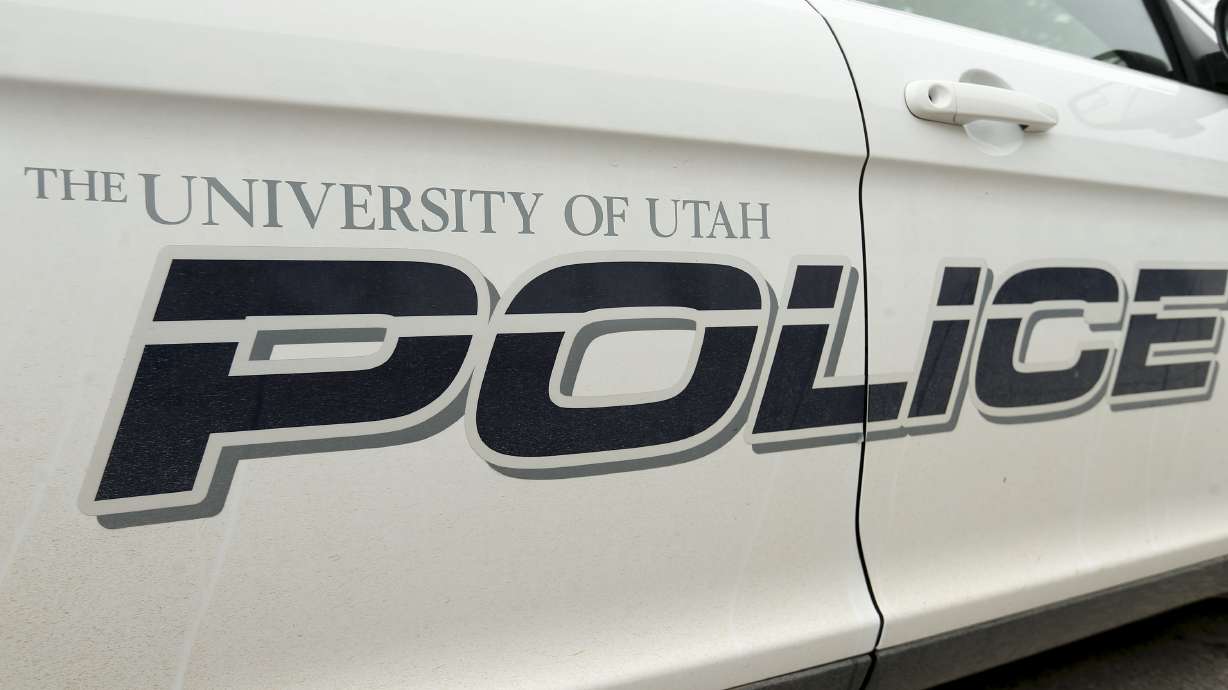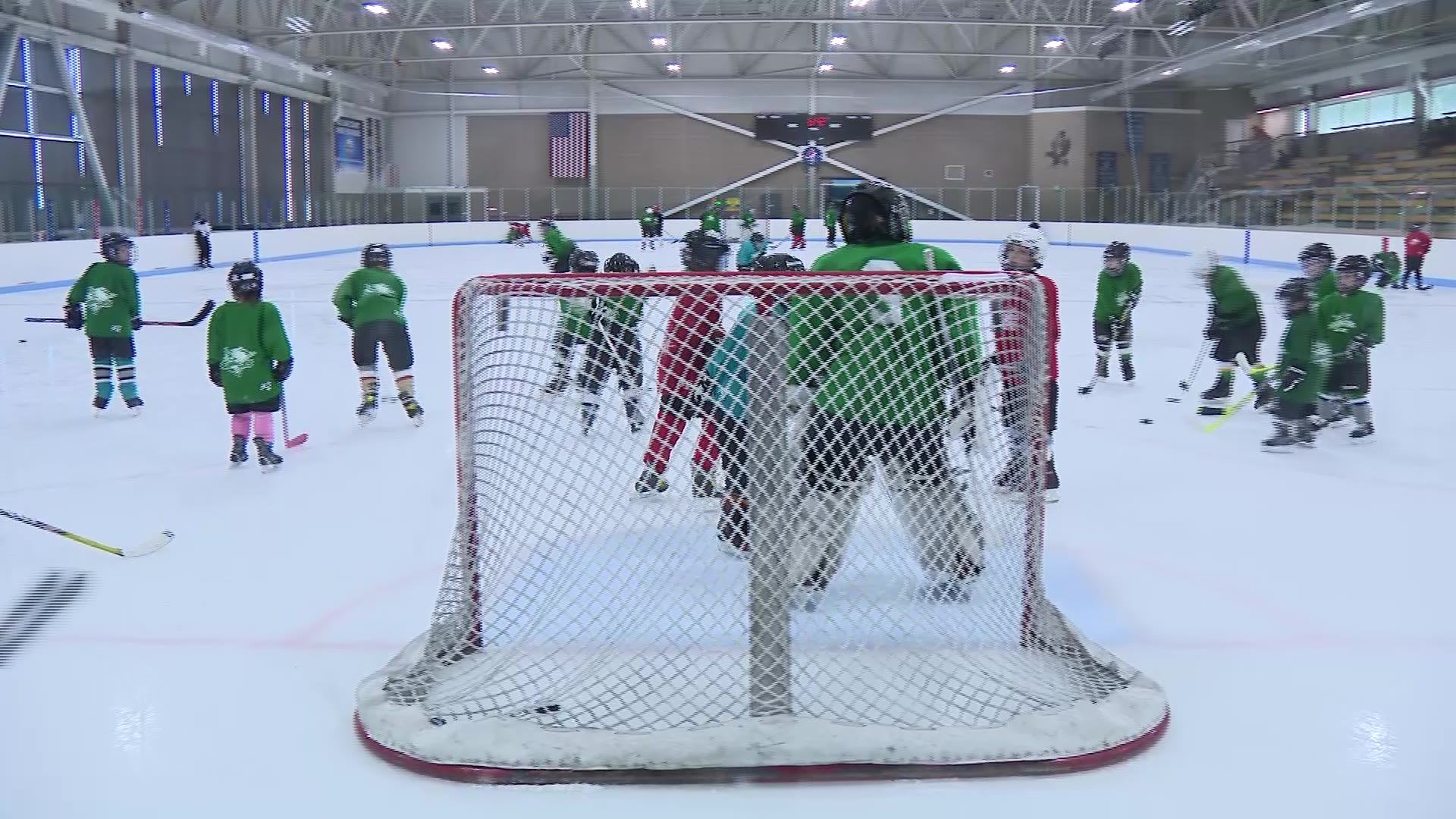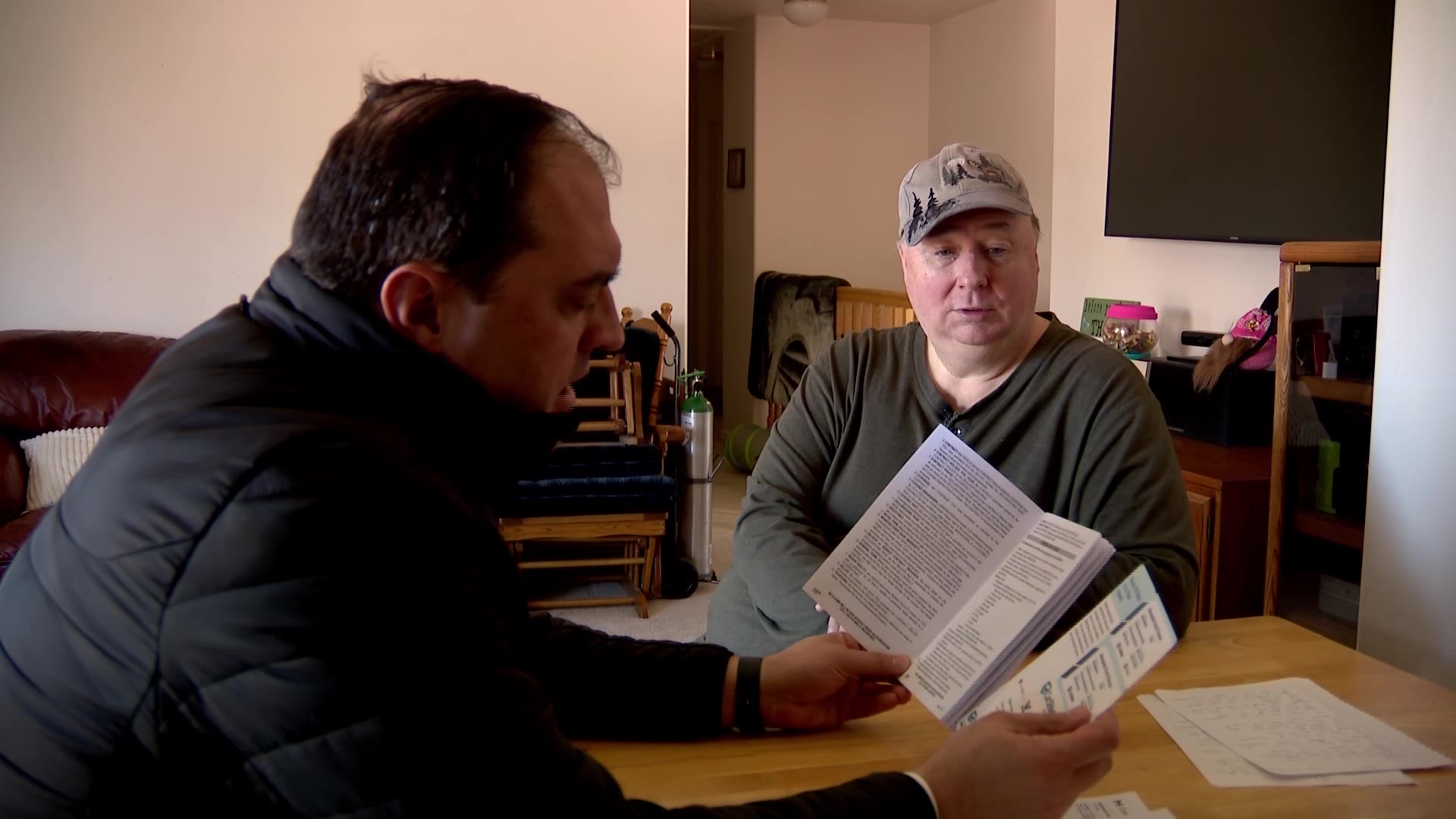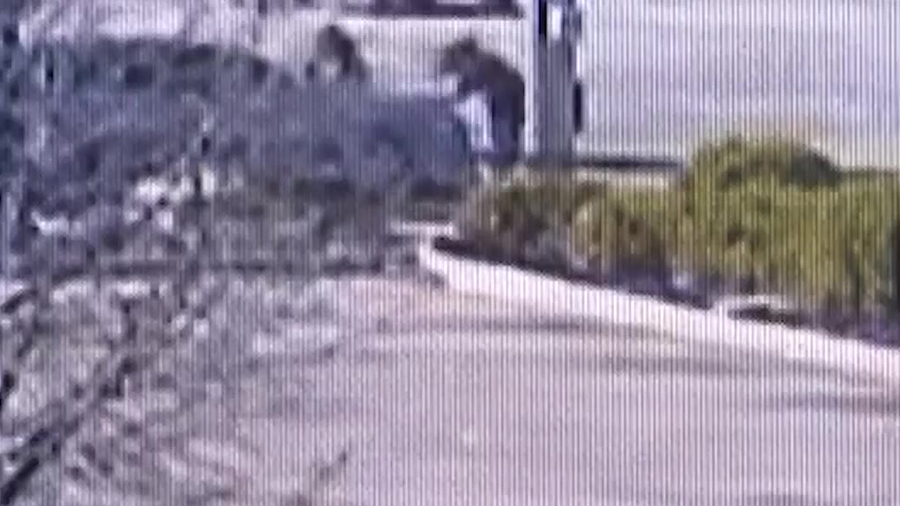‘Photocop’ pilot program could be coming to some school zones in Utah
Feb 26, 2023, 12:40 PM
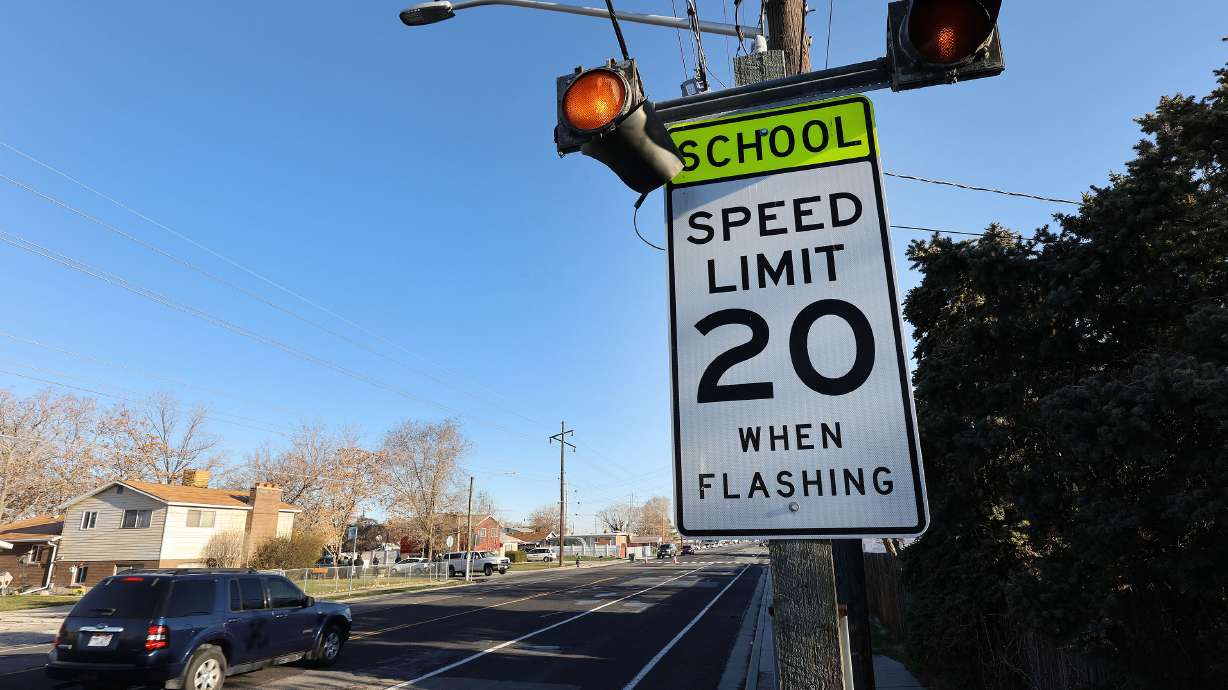
A motorist drives through a school zone in West Valley City on March 24, 2021. A new bill would create a one-year pilot for automatic photo radar traffic enforcement at a handful of school and construction zones in Utah. (Jeffrey D. Allred, Deseret News)
(Jeffrey D. Allred, Deseret News)
SALT LAKE CITY — A new proposal would create a one-year pilot for automatic photo radar traffic enforcement at a handful of school and construction zones in Utah.
Also called red-light cameras or “photocops,” photo radar devices are installed at intersections and use radar to identify speeding cars. An automated system then sends a traffic citation to the address on file with the license plate.
The Utah Legislature banned photo radar in 1996, but efforts to slowly implement their use have come up several times in recent years. SB105 sponsor Sen. Jerry Stevenson, R-Layton, said the pilot program would be very limited in scope, but would allow lawmakers to collect data on its benefits and potential downsides.
While photo radar systems have the ability to cite drivers for speeding, Stevenson said the purpose is to prevent speeding in the first place, by letting drivers know there’s a photo radar system ahead of time. He likened it to posting a patrol car at an intersection, but without having to pay an officer to sit there at all hours of the day.
“We really don’t want to issue tickets,” Stevenson told the Senate Transportation, Public Utilities, Energy, and Technology Committee on Thursday. “I don’t think anyone wants that. We want to put a sign up and have them slow down because there may be the risk of receiving (a ticket).”
Sen. Kathleen Riebe, D-Salt Lake City, said she is curious to compare the results of photo radar to other traffic speed warning signs that aren’t equipped with cameras. She suggested that by offering photographic proof of a speeding incident — as captured by photo radar — it would help people realize they were going too fast and encourage better driving in the future.
“My mother got caught in a photocop and she was livid,” Riebe said. “And then she got the ticket in the mail and you saw her face (in the photo) and we all laughed hysterical around the dinner table because she did the crime and did the time. … I think that we should look at this and we should understand how we can help the people in our communities work in a safer environment.”
We really don’t want to issue tickets. … We want to put a sign up and have them slow down because there may be the risk of receiving (a ticket).
– Sen. Jerry Stevenson, R-Layton
Carlos Braceras, executive director of the Utah Department of Transportation, said there are many instances of people speeding in construction zones and putting workers at risk on the job.
“It is a problem. People are dying and we need to slow people down,” he said. “We need to save the lives of the workers that are out there doing their job every day and night.”
Not everyone was sold on the idea, including Sen. Karen Kwan, D-Murray, who worried that the facial recognition software included in photo radar could disproportionally misidentify people of color.
Braceras said that while the cameras do use facial recognition technology, it’s only used to direct the camera to take a picture of the driver, and not used for identification purposes. The system identifies the person who has the car registered by identifying the license plate number.
If a car owner wants to contest a speeding ticket, or have it transferred to someone they loaned the car to, the photograph would then help determine who the driver of the car was at the time of the violation.
Others worried that the bill would reduce the number of police on the streets, or potentially put officers out of work. But Dave Spatafore with the Utah Chiefs of Police Association said most police departments are already understaffed, and photo radar would help fill in the gaps to provide more public safety when police aren’t around.
“We have a need for more law enforcement officers, and we see that with all of our recruitment efforts,” he said. “If you see a sign that says photo radar may be in use, I’ll guarantee you’re going to slow down, especially if you get a warning in the mail two weeks later.”
SB105 ultimately passed 3-2, but committee Chairman Sen. Wayne Harper, R-Taylorsville, said he only voted yes to give Stevenson time to make amendments to make sure the pilot program would be “extremely limited” to just a few locations for a set amount of time.
“I’m probably a ‘no’ vote on the floor, but I want to see what you can come up with,” Harper said.


